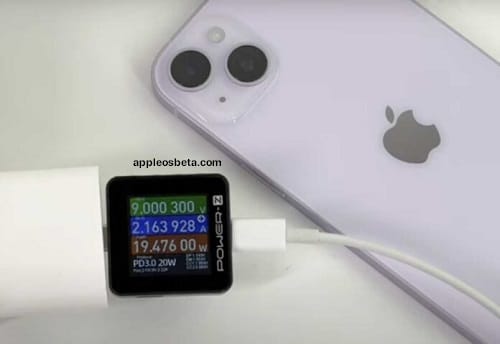Android phones mess with power supplies, iPhone often charges faster. In a video posted on YouTube, ChargerLab highlights something paradoxical: iPhones are notoriously slower with fast charging (they support 27W at most) but they still charge faster than most Android devices with various power supplies, even when the power supplied by the latter is 100W.
With A17 iPhone 15 will make a leap in battery life
iPhones (from iPhone 8 onwards) use the USB PD 2.0 standard; the latter allows the power supplies to exchange some information with the device, supplying different voltages and currents. iPhone power adapters can provide output voltage as 5V/1A (5W power adapter) or 5V/3A or 9V/2A (18W or 20W adapter), and USB PD 2.0 standard is directly supported by most of USB-C chargers on the market.
For Android smartphones everything is relative: there are other protocols and the various manufacturers support different standards: Quick Charge by Qualcomm, USB PD 3.0 with PPS and proprietary protocols. The first two standards make it possible to exchange more information on the state of charge, adapting the recharging process to certain factors, regulating the voltage between 3V and 21V, in steps of 0.02V, during recharging; it is an advanced solution but its real efficiency depends on the electronics of the power supply.
In the case of smartphones that boast support for 100W fast charging, things get even more complicated: manufacturers often use proprietary protocols and fast charging is actually possible only using the original charger and cable supplied by the manufacturer (compatible with the voltage ).
ChargerLab’s conclusion is simple: charging Android smartphones is faster if you use original chargers or those that correctly support certain standards, but it is significantly slower if the power supply only supports the USB PD 2.0 standard. If you need to buy a power adapter for an Android device that supports full speed, make sure it supports USB PD 3.0 PPS or Quick Charge.

